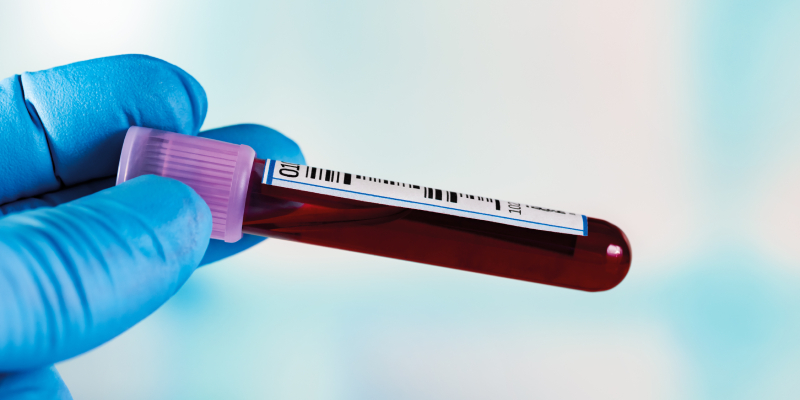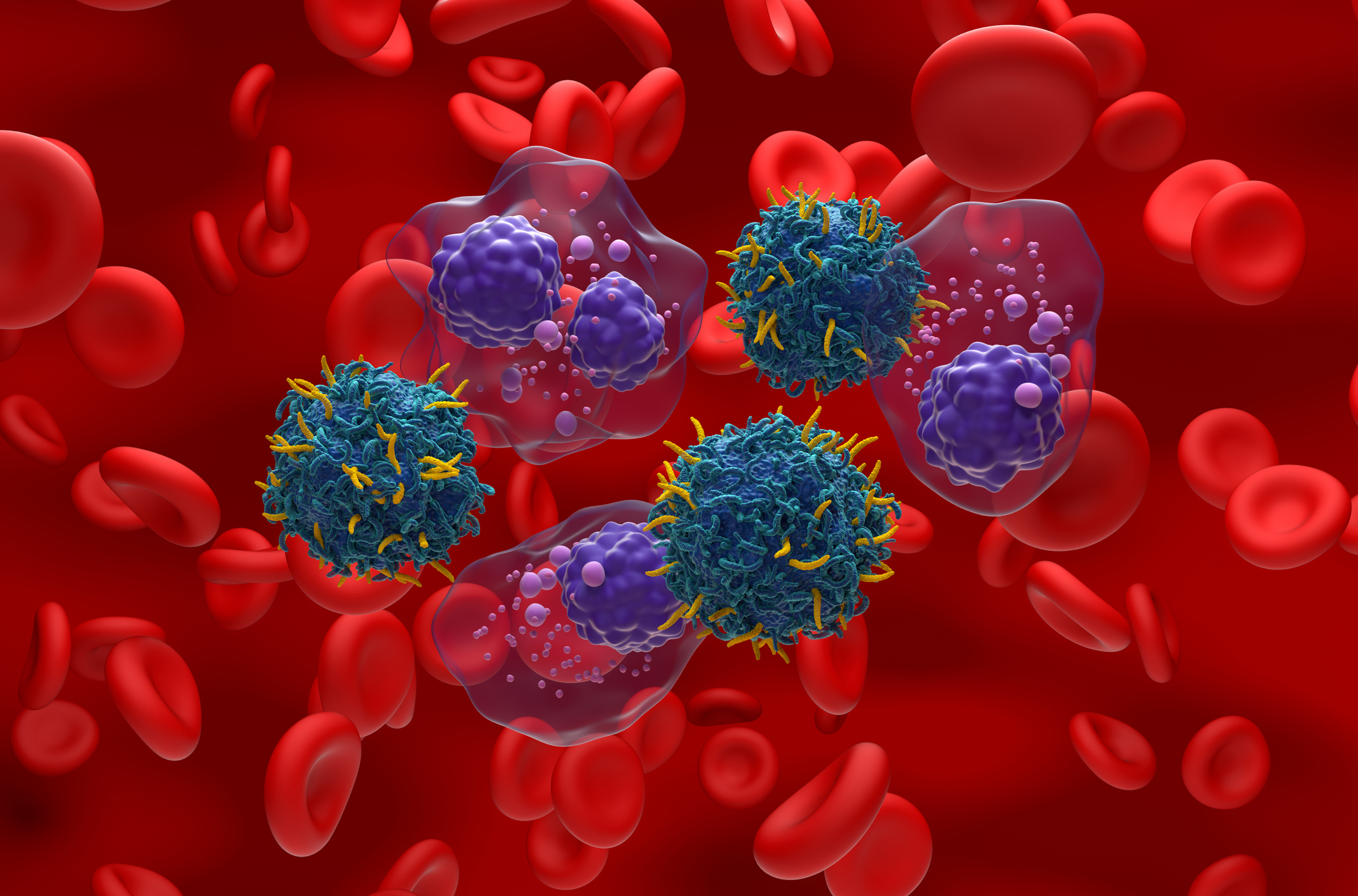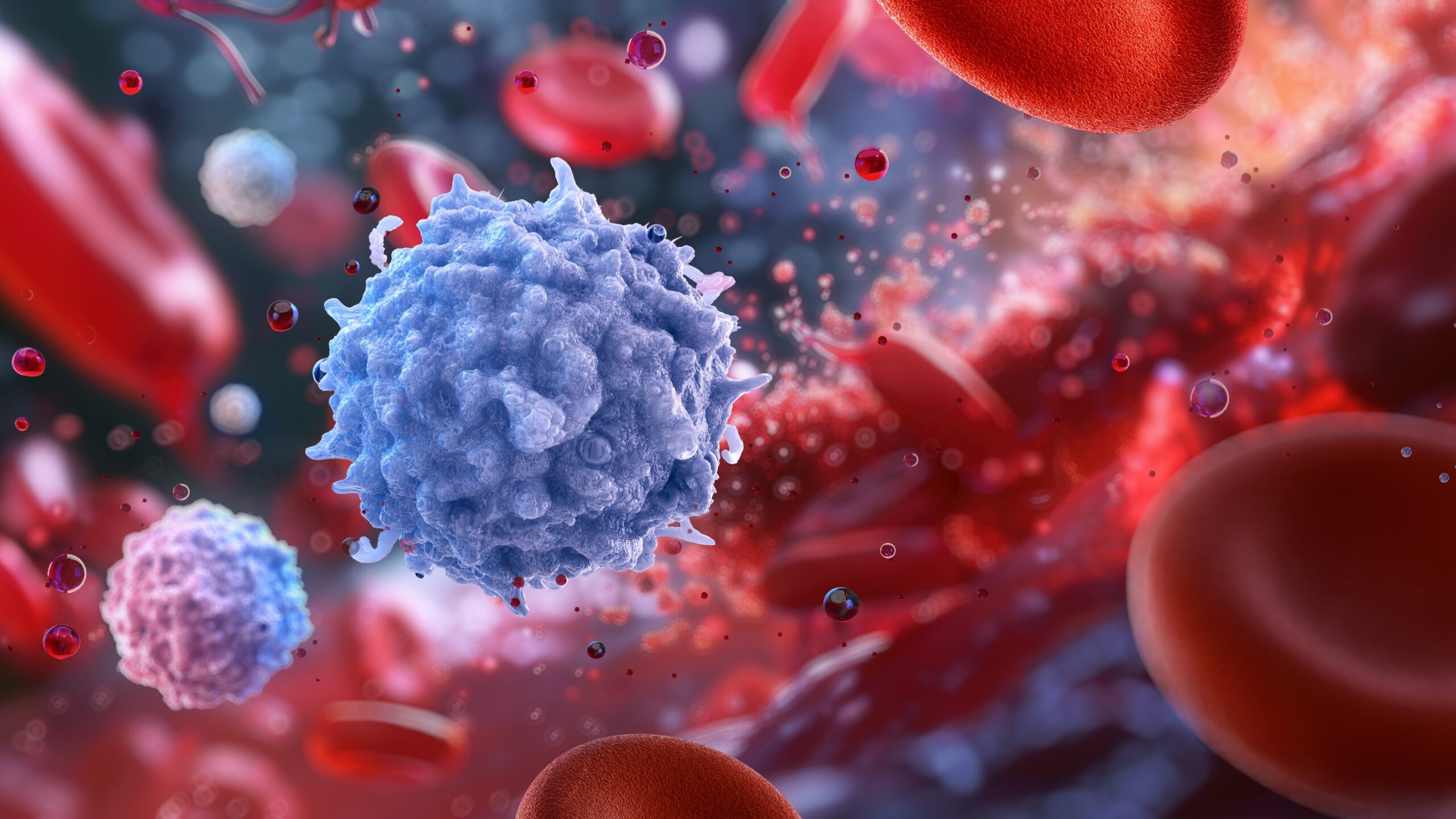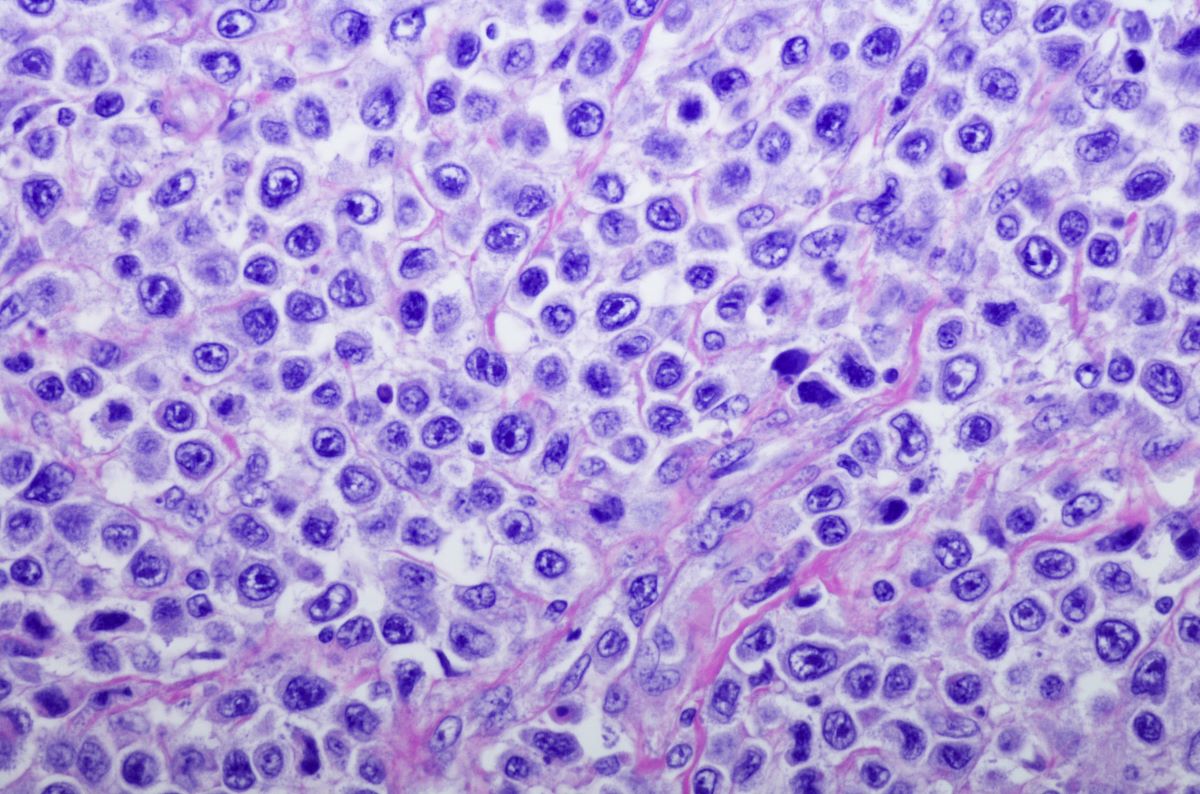
A classifier applicable across hematologic malignancies showed a cancer detection rate of 92% in patients with relapsed or refractory hematologic malignancies, according to research presented at the 2023 American Association for Cancer Research (AACR) Annual Meeting.
The classifier is a “potential tumor-agnostic, plasma-based cell-free DNA minimal residual disease” test that was able to detect relapsed or refractory disease across six hematological malignancies, according to a news release from Grail and AstraZeneca.
“Currently there is no standard method to detect residual cancer DNA in patients across multiple types of blood cancer. Following treatment, a small number of cancer cells can remain in the body, which don’t cause symptoms but could begin to multiply and cause relapse,” Jeffrey Venstrom, MD, Chief Medical Officer at Grail, said in a news release. “A blood-based methylation test offers a potential solution to evaluate patients periodically with the goal of extending remission and survival.”
The researchers collected baseline blood samples from patients with six subtypes of hematologic malignancies and tested the samples with the assay to identify residual cancer using “targeted methylation sequencing and advanced machine-learning algorithms,” officials said in the release.
Nearly all (88%) of the samples were from patients with relapsed or refractory blood cancers that were “blindly tested retrospectively,” according to the news release.
The classifier accurately detected cancer in 92% of the 428 samples tested. It accurately detected cancer in 98% of chronic lymphocytic leukemia (CLL) samples, as well as in >98% of multiple myeloma samples, in >95% of samples from non-Hodgkin lymphomas, including diffuse large B-cell lymphoma (DLBCL), follicular lymphoma and mantle cell lymphoma, and in 87% of acute myeloid leukemia samples.
The classifier reproducibly detected cancer in 48 of 54 (89%) cases with paired samples taken before treatment. The researchers also “spiked” healthy volunteer plasma samples with serially diluted DLBCL and CLL patient plasma to estimate the classifier’s limit of detection. They found the limit of detection was a 10−3 to 10−4 methyl variant allele fraction with a <2% false-positive rate.
The assay and classifier are “currently under improvement and optimization,” company officials said.
“The findings presented at AACR support further development of a methylation-based panhematologic malignancy algorithm, which could help in standardizing a method of detecting residual cancer DNA in patients after they are treated for various types of blood cancers,” Daniel Auclair of AstraZeneca said in the release. “These data show that methylated DNA might be a good marker for detecting residual cancer across multiple hematological malignancies in post-treatment settings and warrants further study.”
Source: Grail and AstraZeneca, April 2023






 © 2025 Mashup Media, LLC, a Formedics Property. All Rights Reserved.
© 2025 Mashup Media, LLC, a Formedics Property. All Rights Reserved.